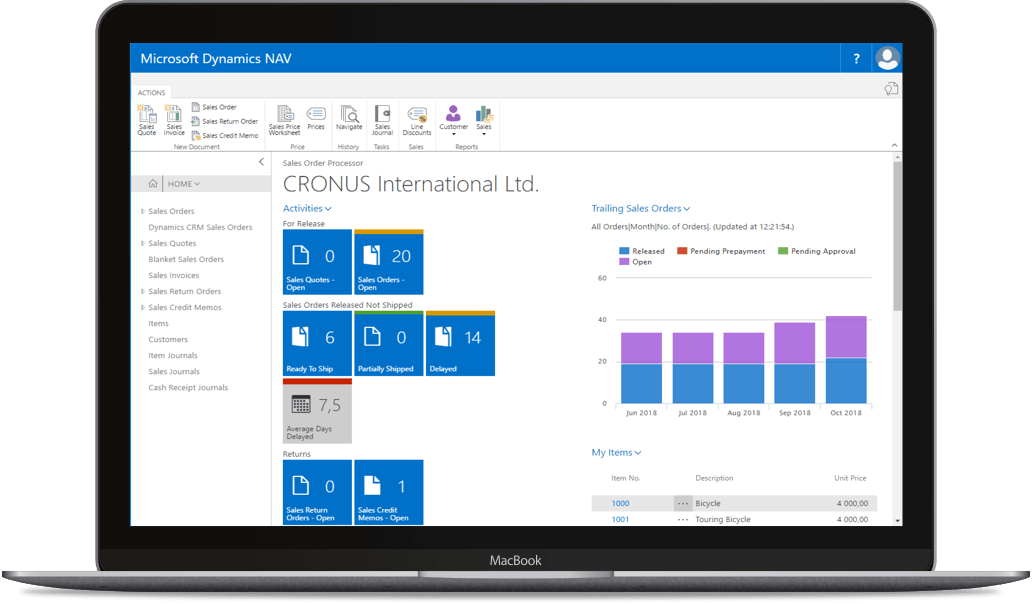Get to know your implementation partner. Ask about his experience and references.
An implementation partner who seems reliable and trustworthy but lacks appropriate knowledge and experience may jeopardize the success of the project. Review the company’s project track record and successes by browsing their website.
Have a close look at clients’ logos or case studies. If you don’t find the information you find relevant, as companies are sometimes not allowed to make their clients’ data available to the public, ask for a client reference list. Study it in detail. If the company has some prior experience in ERP projects related to your industry, it is definitely a big advantage.
With such an experience, they will find it easier to understand the specific nature of your business. It is worth calling selected companies from the list and consult the person responsible for the coordination of the implementation project. Keep in mind that their opinions can be somewhat subjective. If some of them are not favorable, do not exclude this company from the list of potential implementation partners. Try talking to them and find the causes of misunderstandings.
Verify whether their previous customers had similar project objectives and managed to successfully complete their projects.
An important argument for choosing an implementation partner is the company’s achievements. Many ERP system providers are evaluated and awarded by system developers based on their operational and financial results as well as on the quality of their implementation projects. System developers attach great importance to preparing reliable ratings so that they can be a trusted source of information.
For instance, Microsoft appreciates the value of partners’ competencies and expertise by awarding the Gold and Silver Partner statuses as well as membership into elite groups of the most strategic Microsoft Dynamics partners. Such prestigious titles are granted to companies that have performed to a high standard of excellence by delivering valuable IT solutions.












